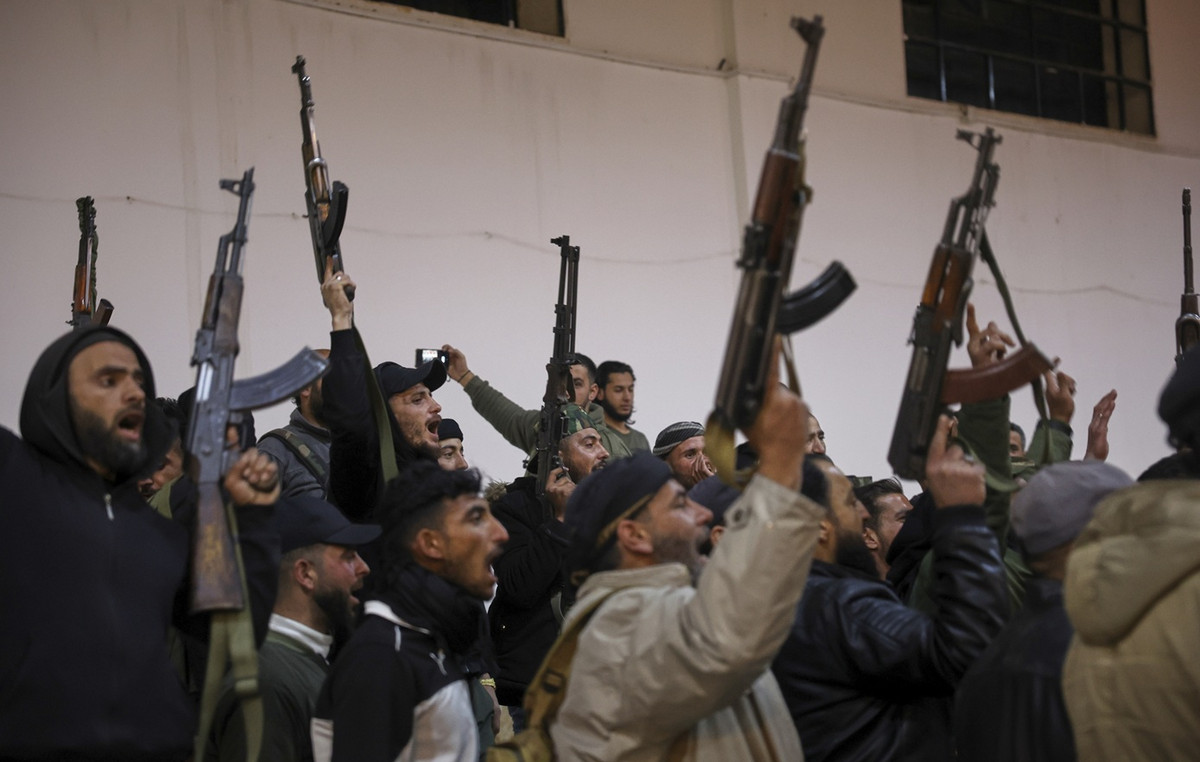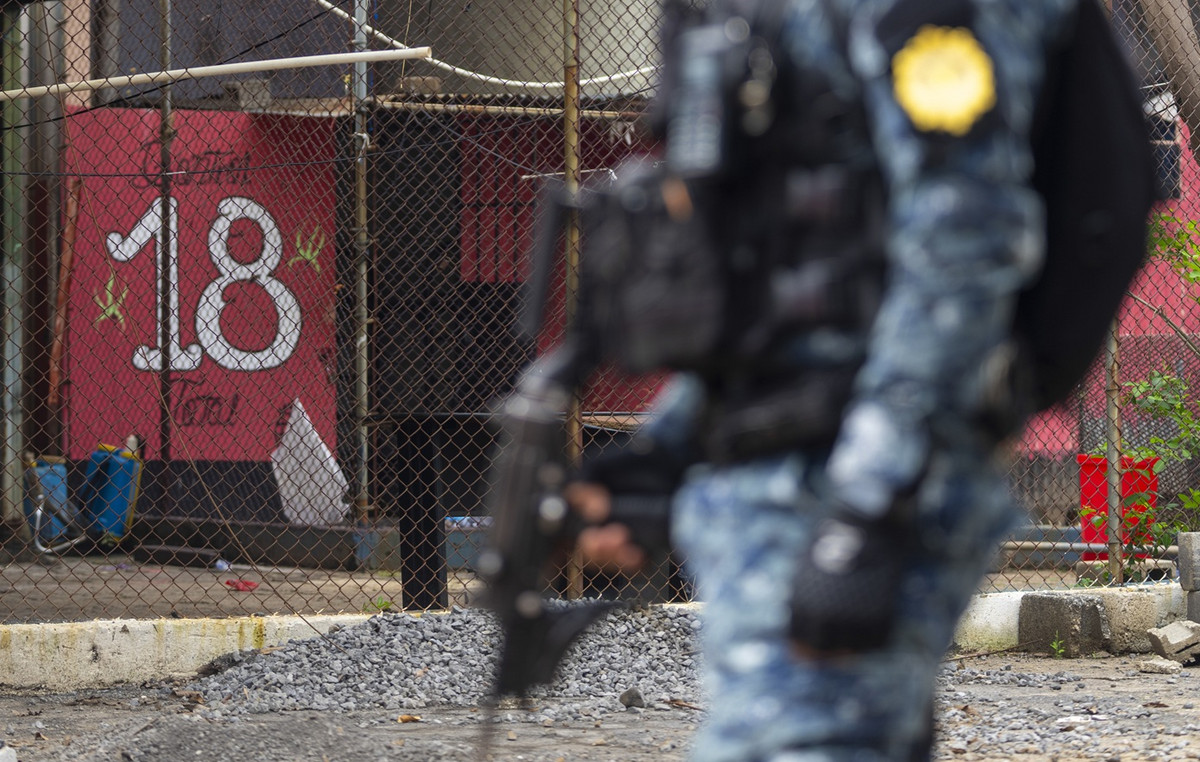Clean iosques, sun-kissed café terraces, breathtaking views of the city… Letná Park, a huge strip of greenery which dominates Prague, is the ideal place to stroll away from the hubbub of the capital of the Czech Republic. But a strange sanctuary nestled in this haven of peace nevertheless reminds onlookers of the sad hours of the “cold war”: the site once housed a colossal statue of Joseph Stalin, until its destruction during the de-Stalinization in 1962. And one recent discovery updated by archaeologists may add a little heaviness to this place. The team has indeed spotted the remains of a former forced labor camp, which housed the workers assigned to the construction of the imposing statue in all haste, as recounted by our colleagues from the Guardian, Sunday March 28, 2021.
The existence of this camp had hitherto escaped the attention of Czech historians. And for good reason, all traces of the building had been carefully erased before the inauguration on May 1, 1955 – two years after Stalin’s death – of the 14,200-ton statue, officially called “Monument to Love and friendship ”. But researchers from the Czech Academy of Sciences, commissioned by the town hall before the construction of an artificial lake on the site, were able to reveal this sad secret.
They didn’t want to leave any evidence, like an ordinary criminal who erases his own tracksJan Hasil, archéologue
“It is typical of the camps built by the communist or Nazi regimes: as soon as the regime decides to demolish, it does it with meticulousness (…) They did not want to leave any evidence, like an ordinary criminal who erases his own traces ”, explains archaeologist Jan Hasil, member of the Czech Academy of Sciences. By delving into the archives of the municipality, the researcher was however able to get his hands on the original plans of the building, as well as aerial photos proving its existence.
Three wooden barracks, each capable of housing 40 inmates, were located near the pharaonic construction site, which lasted for several years. Rudimentary kitchens, unheated bathrooms… The unfortunate workers crowded together eight in spartan rooms, with rudimentary kitchen equipment and unheated bathrooms. Bottles of wine or beer were among the items unearthed, showing that detainees were allowed to consume alcohol. A central square served as the nerve center of the barracks, as in the concentration camps of the time. The guards notably made roll call, a routine intended to intimidate and humiliate the inmates.
According to the team of archaeologists, the camp was inhabited by soldiers and workers deemed “politically unreliable” by the Communist authorities, who often assigned political opponents manual tasks. If the workers were allowed to leave the camp punctually, they had little choice but to work there tirelessly. “These people could have studied, had good jobs or started a family, but instead they were forced to build a monster hovering over Prague,” laments Jan Hasil in the columns of the Guardian.
Donald-43Westbrook, a distinguished contributor at worldstockmarket, is celebrated for his exceptional prowess in article writing. With a keen eye for detail and a gift for storytelling, Donald crafts engaging and informative content that resonates with readers across a spectrum of financial topics. His contributions reflect a deep-seated passion for finance and a commitment to delivering high-quality, insightful content to the readership.







